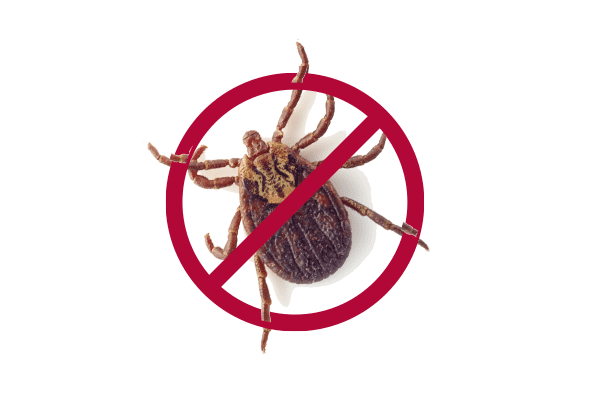
by hanna | Jul 12, 2021 | Awareness
The summer season is in full swing and with it comes grilling, campfires and fireworks. Whether you’re in your backyard, at a friend’s house, or at a campsite, be sure to follow your local fire safety guidelines. Cooking and Grilling If you’re cooking inside your...

by hanna | Jun 10, 2021 | General News, Mental Health, Physical Health
Studies show that over the summer kids can lose much of what they learned during the school year. By planning activities for your kids this summer, you’re keeping them physically, mentally and socially strong. The added structure to their daily routine is a bonus for...

by jennie | May 19, 2021 | General News
Additional health services offered through a partnership with Central Maine Healthcare’s Bridgton Primary Care practice. BRIDGTON, Maine (May 18, 2021) – DFD Russell Medical Centers (DFD), a federally qualified health center that provides primary care services in...

by hanna | May 17, 2021 | Awareness, Physical Health
Each year two million Americans are diagnosed with skin cancer—the most common form of cancer. This summer we may find ourselves outside more often in order to safely socially distance, breathe fresh air, and exercise daily. It’s important to remember that even though...

by hanna | Apr 12, 2021 | Emotional Health, General News, Mental Health, Physical Health
We spend approximately one-third of our lives sleeping, but are we sleeping well? Sleep hygiene refers to the quality of sleep as well as lifestyle habits, sleeping routine and environment. When we focus on achieving more quality sleep, we start to see our physical,...

by hanna | Apr 12, 2021 | Awareness, Physical Health
Tick counts have been on the rise in Maine and along with them tick-borne disease and illnesses. To keep yourself, your family and your pets protected refer to our tick guide regularly. Identification There are over 15 different types of ticks present in Maine. The...

by hanna | Mar 23, 2021 | Emotional Health, Mental Health, Physical Health
The average American spends 90% of their time indoors. When we spend too much time inside, we tend to become more sedentary which puts us at risk for serious health concerns. Scientific studies have shown that regular time spent outdoors is beneficial to all aspects...

by hanna | Mar 5, 2021 | Physical Health
It’s that time of the year again—seasonal allergies are returning. With spring approaching and people taking to the outdoors more with the warming weather, allergies can really wreak havoc. What’s more is that coronavirus continues to spread and unfortunately shares...

by hanna | Jan 6, 2021 | Emotional Health, Mental Health, Physical Health
We all have our own reasons for creating health goals. Perhaps you’ve hit a plateau in your exercise routine or weight management plan. Maybe you’ve been wanting to improve your mental and emotional health. But what do you do if you haven’t created a health goal...

by hanna | Jan 6, 2021 | Mental Health, Physical Health
When you make healthy choices, you’re giving yourself the opportunity for a longer and healthier life. Prevention is the best medicine when it comes to your heart and it’s never too early to learn about the importance of heart health. Let’s break down some basics and...











